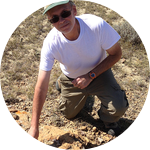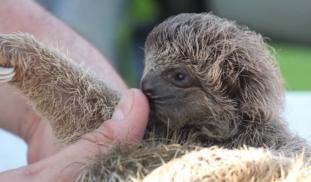Please wait...
About This Project
It’s well established: tree sloths are weird. So we can assume that extinct ground sloths were weird too. Studying sloths is tough because it’s hard/impossible to observe their behaviors, yet knowing their (paleo)ecology is important for conservation and interpreting paleoecosystems. Our project will use stable isotopes as a proxy for diet/habitat thus eschewing direct observation. This serves two goals: a better grasp of sloth ecology and a metric for applying these techniques to fossil sloths.
More Lab Notes From This Project

Browse Other Projects on Experiment
Related Projects
Reconstructing Historical Oyster Filtration in the Guana River Marsh Aquatic Preserve
The Guana River Estuary in northeast Florida is impaired due to excess nutrients, which can fuel eutrophic...
How do California redwood stomata change with height? What are the implications in physiology and taxonomy?
California’s two redwood species presently stand as Earth’s tallest, largest, most carbon-sequestering...
Can we use phytoliths in modern savanna soil to understand past ecosystems?
Phytoliths are microscopic silica particles produced by plants that can be easily fossilized and preserved...





